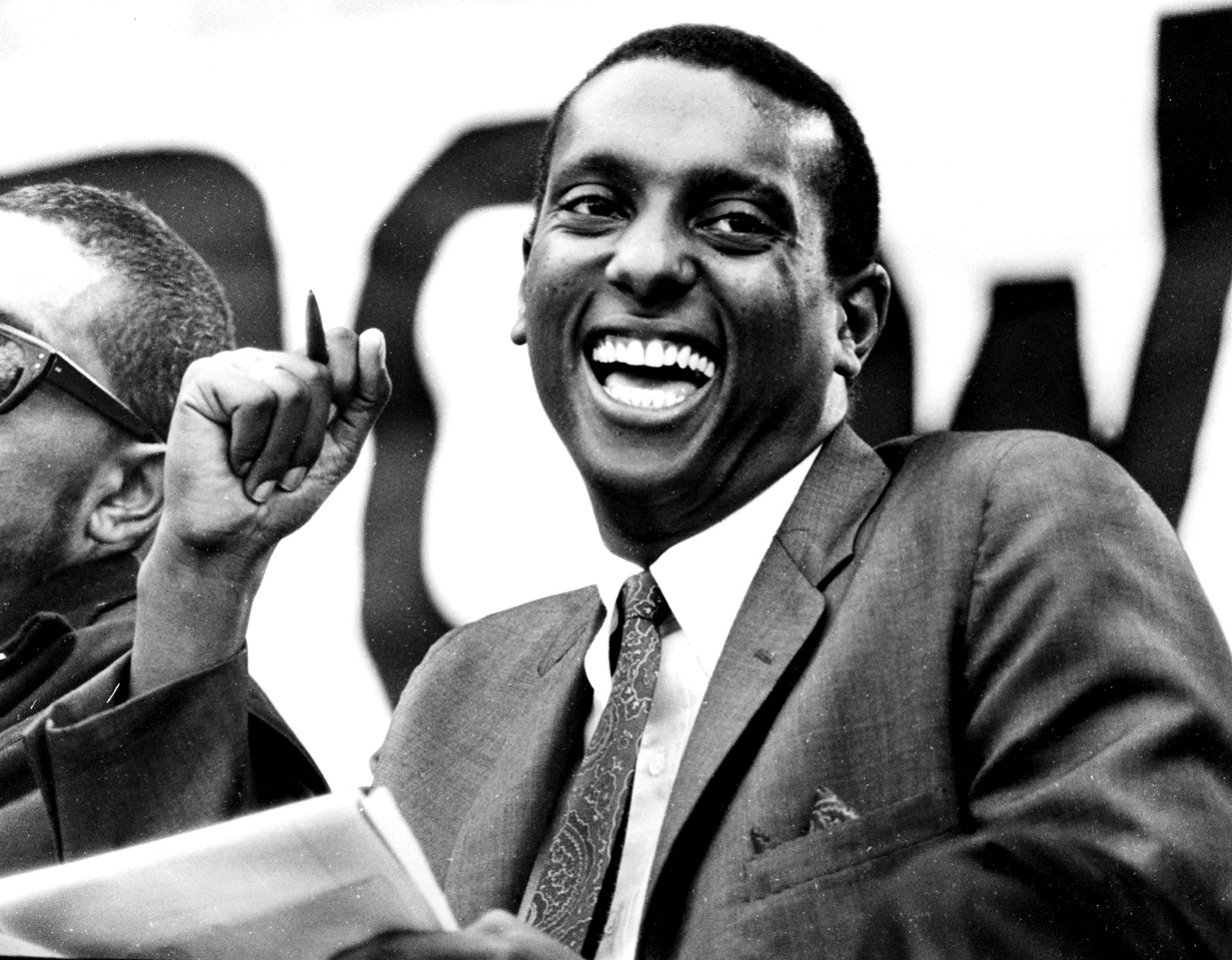PART 1 :
Ain't Scared of Your Jails? was a very compelling and beautifully filmed video on how our country came to the place we stand today. Through the raw images and vulnerable testimonies, the flavor of emotion and moving independence was all throughout this hour documentary. After watching, I felt a deeper sense of respect and admiration for those who fought so patiently and passionately for what they knew they wanted to attain. Although I knew that integrating segregation was a lofty task, the video seemed to introduce and portray the struggle of this integration in a way that was new and sensitive to me. Early on in the video, it's stated that "Until boycotts began, segregation was a norm. The boycotting forced society to question whether or not segregation was moral." It's crazy to me to think that it took pure uproar and years of fighting to finally come a breaking point on the issue of segregation. Whites gladly owned the position of first class and were bound to this entitled placement. When the blacks began to push this boundary, all the whites knew as every day routine came crumbling and it forced them to review why they believed they were "superior" in their minds. As a whole, society's mentality was brutally confused and their mindsets concerning humanity and people was insensitive and unequal.
Stokely Carmichael, also known as Kwame Ture, was very involved in the Civil Rights movement and also was the leader of SNCC and Black Panthers. Carmichael was also a participant in the Freedom Rides lead by CORE and was one of the survivors of the harsh treatment given while in imprisonment for his peaceful protests. Carmichael lived most of his life in Harlem, New York. In high school, he was involved in the Morris Park Duke group, where he was the only black student member. In this gang group, he was introduced to alcohol and small theft which he grew to love. He became more serious about education and dropped his alcohol and theft habits, when he got accepted and enrolled in Howard University, a historically black school in Washington D.C. While in college he was then known as not a gang boy, but one of the most passionate and charismatic men on campus. He took the lead of the Treasurer of the Liberal Arts Council and also became extremely involved in the campus activist group, where he then went on to participate in the sit-ins and lead some of the other nonviolent protests.

PART 2:
What struck me most interesting in the long story"How to Tell a True War Story" was the last paragraph written. It says, "And in the end, of course, a true war story is never about war. It's about sunlight. It's about the special way that dawn spreads out on the river when you know you must cross the river and march into the mountains and do things you are afraid to do. It's about love and memory. It's about sorrow. It's about sister who never wrote back and people who never listen." I think this passage completely encapsulates the whole gist of not only the chapter, but also the book. This whole book is on war and all it entails and I think this simple yet profound passage beautifully summarizes O'Brien's true feelings and inner thoughts towards his experiences in the war.
"Dave Jensen and Lee Strunk did not become instant buddies, but they did learn to trust each other." was the quote that I found the most meaningful in the short story "Friends." This short sentence bears great meaning about the war. It shows that every man was trying to emotionally cope independently. but also trying to physically find trust even if the emotional aspect did not exist. It shows that war was not a petty, friendship time, but instead it was a vulnerable and "life on the edge" ordeal. Friendship was a bonus, but "keeping each other alive" buddies were what mattered the most to those in the war zone.
I like how you talked about the whites and how normal they thought segregation was. I agree that they were not right in that mentally and I'm very glad that a change was made.
ReplyDeleteI agree with your reflection on "How to tell a True War Story!" This book is about war, yet you get so much more than that
ReplyDelete